- About us
- Support the Gallery
- Venue hire
- Publications
- Research library
- Organisation chart
- Employment
- Contact us
- Make a booking
- Onsite programs
- Online programs
- School visit information
- Learning resources
- Little Darlings
- Professional learning
Fiona Wood AO (b. 1958), plastic and reconstructive surgeon, studied medicine in London before migrating to Perth in 1987 and completing her training in plastic surgery. From 1993 she worked on the development of CellSpray, a process aimed at speeding the regrowth of skin over burns. In 2000 Woods and Marie Stoner co-founded biotech company Clinical Cell Culture Ltd (known as C3), which pioneers and commercialises treatments for burns; CellSpray was launched in Europe in 2005. Although she had long been recognised as a leader in the field of burns treatment, Wood came to national prominence in 2002, when 28 victims of the Bali bombings were flown to Perth for care. She continues to specialise in major burn care, trauma and scar reconstruction in her roles as Director of the Burns Service of WA, Consultant Plastic Surgeon at Fiona Stanley Hospital and Perth Children's Hospital, Winthrop Professor (Burns Injury Research Unit) at the University of Western Australia, and co-founder of the Fiona Wood Foundation.
Richard Woldendorp's photograph was created at the request of the National Portrait Gallery after Wood was named 2005 Australian of the Year. She recently said that 'when people have come to do photographs, I've said, "Well this is what you get." I don’t see any sense in brushing it up.'
Purchased 2005
© Richard Woldendorp
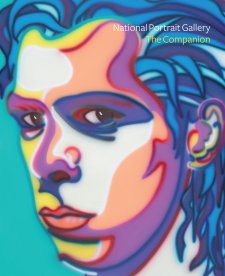
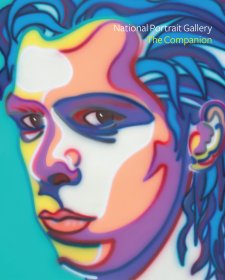
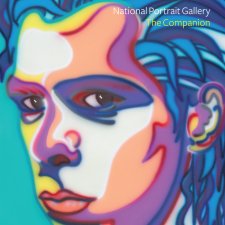
On one level The Companion talks about the most famous and frontline Australians, but on another it tells us about ourselves.
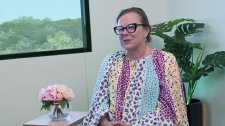
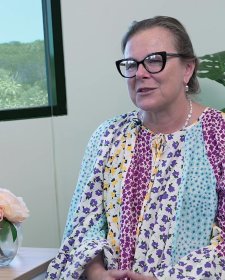
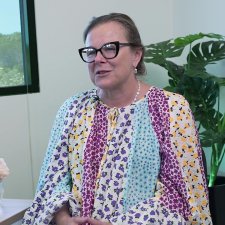
Surgeon Fiona Wood on problem solving and saying 'yes'.
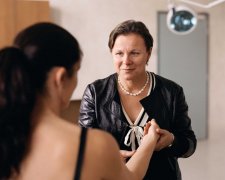
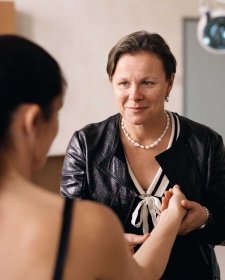
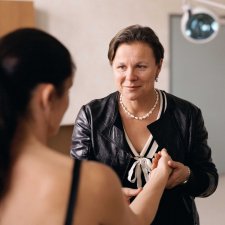
Dr Sarah Engledow describes the achievements of internationally renowned burns and trauma surgeon Professor Fiona Wood.